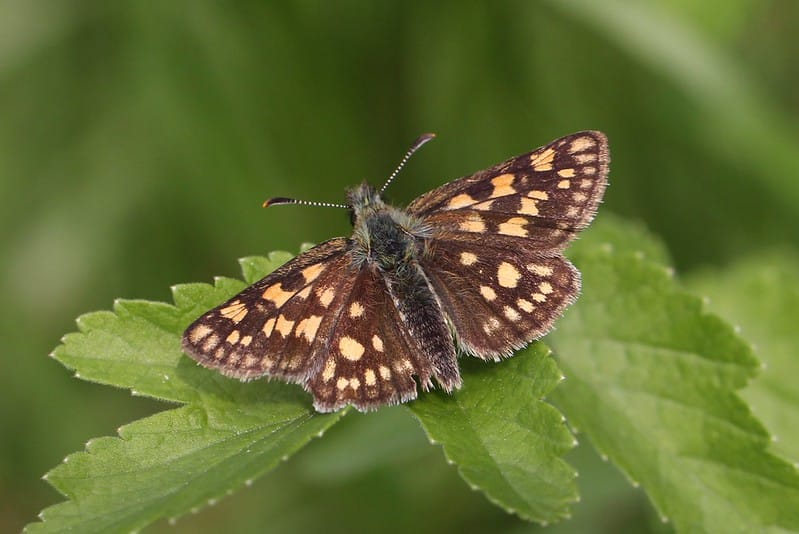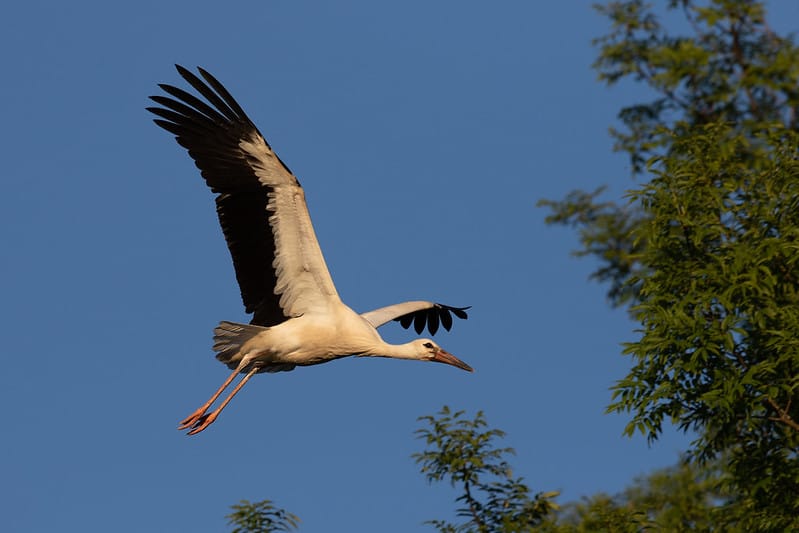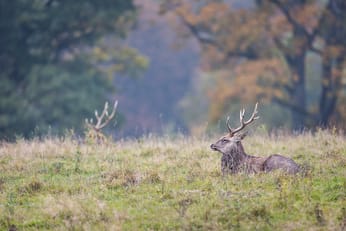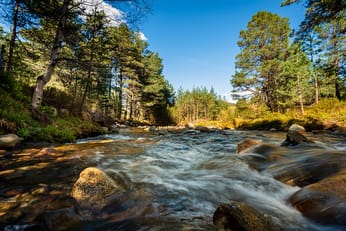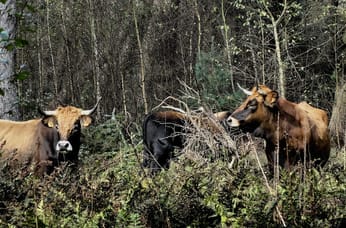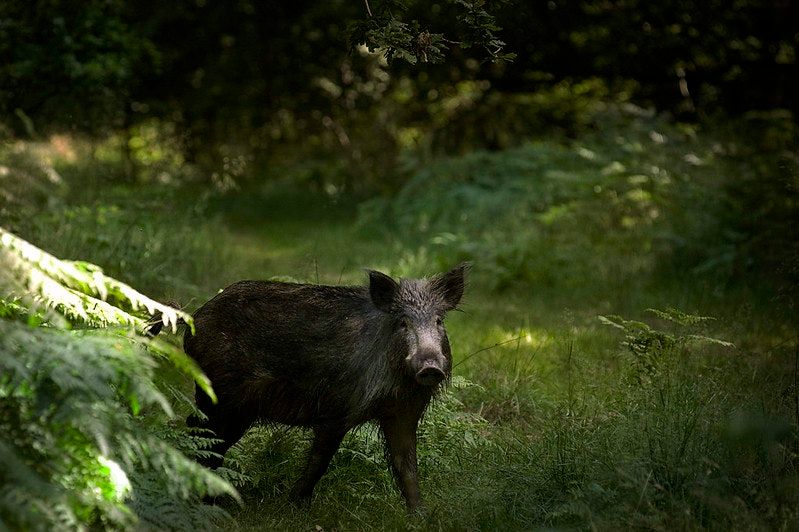
A dark miracle in the Forest of Dean
For the first time in centuries, people in Britain are afraid of wild animals.
According to a local horse rider, the boar smell “ferally”.
In the woods a few days later, the wind carries an alien smell — something musky, almost salty — and I know this cannot be anything else. My eyes sweep the hip-high bracken, ready for a twitching, for a rustling.
But either they have slipped silently away, or they were already gone.
Strictly speaking, the proposal for my Masters thesis did not include “track down wild boar”. Rather, I am meant to capture a sense of them through the human residents of the Forest of Dean.
The academic bedrock of the thesis is an avant-garde offshoot of social science called more-than-human geography. This takes as its principles that other beings also possess intention and agency, be it a virus or an isopod or a baboon, and that we all become more when we inevitably entangle with them in both physical and mental spaces.
In the Forest of Dean, that entanglement is already evident. This is one of the few places in the British Isles to which the species has returned after it was wiped out, likely before the 1300s.
It also has the largest population — although, like everything else about the boar, the size of that population is disputed. Some even claim they shouldn’t be called wild boar, given that their progenitors escaped from farms, and even today their genome bears the mark of domestic pig.
But they are here, and they are being boar-ish. Seven years on from my research, they continue to be a charged issue for residents. They seem to help keep local media in business, and among those people I originally interviewed, the attitudes of some have hardened.
Whereas species such as pine martens — reintroduced into the Forest of Dean in 2019 — are politely elusive, the boar are all too willing to step out of the shadows and onto footpaths, streets, gardens, playing fields, and graveyards. They rub up against carefully guarded British beliefs about where wildlife should be and what it should do.
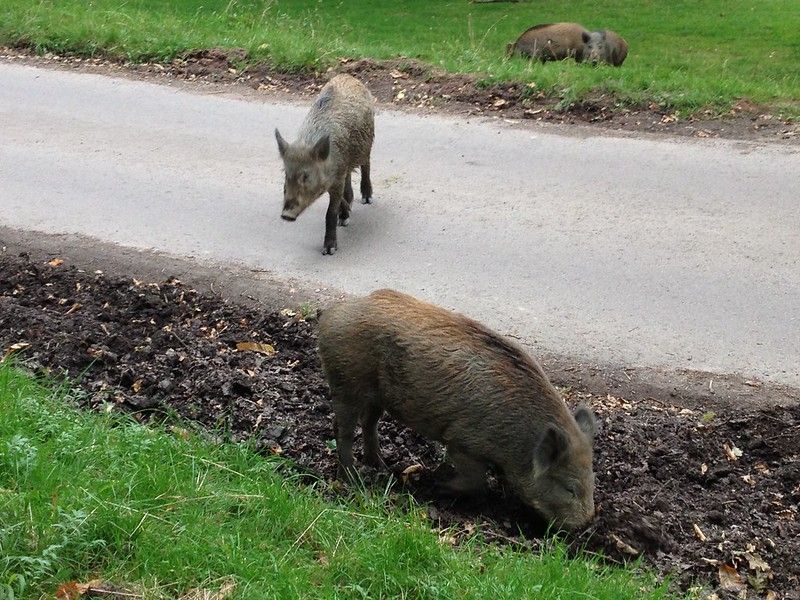
Many conservationists and rewilding advocates have celebrated their return. Yet the boar expose a harsh reality: even if they enhance ecosystems, as proponents claim, it’s tough to get people to accept a creature that’s so disrespectful of the landscapes we’ve shaped.
Some of the crimes of the boar are benign, like digging up roadside verges or prying up fences.
Others are murkier. I speak to someone whose two terriers needed stitches after an encounter with a big-tusked male. One woman puts her head in her hands and tells me, in a wet shaky voice, how she is scared to ride anymore because her horse goes mad at the first sniff of boar.
I feel shame. Sitting at my desk in my London flat, I’d rolled my eyes when I read about the grumblings. I didn’t imagine I would hear this.
Most of my interviews happen at kitchen tables over cups of tea, but a few people take me out on their usual routes through the Forest. This makes for interesting logistics, like the time I trail a wildlife photographer as he strides through the undergrowth. I keep my tiny Dictaphone held out in front of me, trying to capture his every word of boarcraft while fighting off spiky conifer branches and vaulting deep-cut brooks.
The tales are richer than I ever expected. They overflow the boundaries of my thesis.
The pig-keeper fights off a male boar in the dark when it breaks into the pen of his male pig; the gardener watches baby boar — “humbugs” for their cream stripes over brown pelts — running up a slope to roll down, then running back up to do it all over again; the wildlife filmmaker sees tadpoles and dragonfly larvae flourishing in old wallows.
Another filmmaker speculates that because the Forestry Commission culls boar in the most isolated parts of the Forest, away from people, the genetic balance is tipping towards the individuals that are less afraid to venture into the busier parts.
A wild boar is not polite. It does not always run away when encountered. Its habit of standing and staring, sometimes even approaching, can be deeply disturbing to a person who has spent their entire life sending wild creatures fleeing.
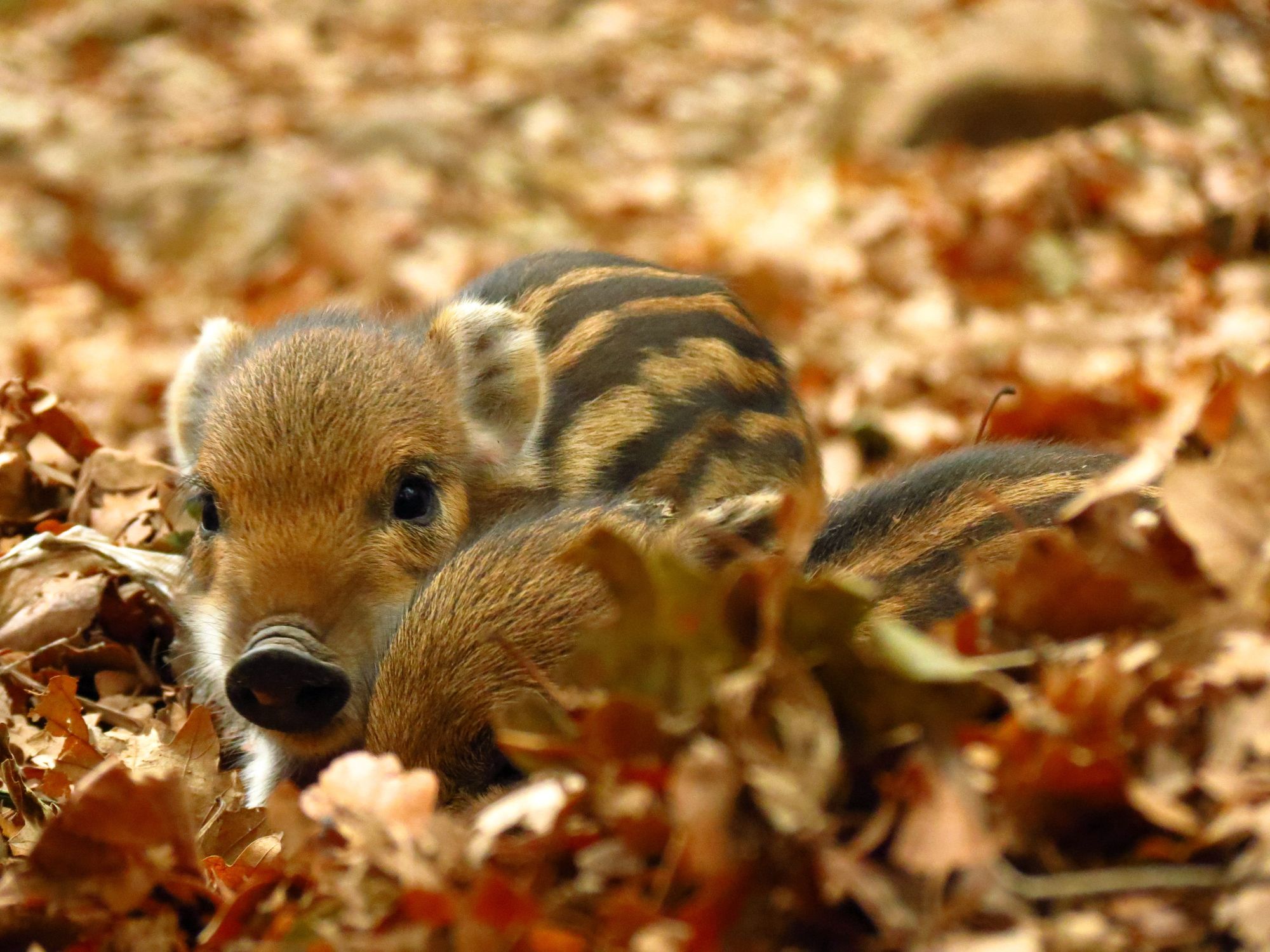
The interviews and the evidence of my own senses shake me. The head in hands. The trembling voice. The pointing finger: I don’t go down that path anymore. I don’t ride here anymore. I don’t walk the dog here anymore. I don’t let my boy go down there on his own anymore.
I lie awake at night wondering how to capture the chiaroscuro of relations between the boar and the humans of the Forest of Dean, the thicket of love and respect and fear and hatred.
One man openly stands on the side of “cull ’em”, but still photographs them. After our interview, we watch from his sitting room window as badgers come to eat the food he has left out. Like many others, he is an animal-lover torn.
This isn’t the same thing as Londoners being scared to leave the back door open in case a fox pokes its nose in. Somehow, a dark miracle has occurred: the Forest of Dean is the only place in the United Kingdom where people are afraid of wild animals.
Yet there is more than one way to be afraid.
Those in favour of the boar, when in the woods, are aware of their physicality in a way that no one in this country has had to be for centuries. Some hesitate and look skywards in their attempts to describe what they feel when they come upon boar and lock eyes with this other being. They always end up settling for the same word: thrill.
They’re surprised, they’re scared, ice-hot adrenaline is galloping through their blood. And they don’t want it to stop.
They are themselves being rewilded.
Perhaps the intensity of the fear isn’t just because of the boar themselves. Perhaps part of it is sheer relief from what the writer and environmentalist George Monbiot calls “ecological boredom” — the psychological fallout of our ancestors wiping out all the animals capable of harming them. There hasn’t been a single credible report in this country of a boar attacking a person. But they could.
I finished my research without ever getting a glimpse of the boar. Perhaps the sounds of my walking interviews warded them off. But even when I staked out likely places on my own, they did not come.
Towards the end of August, my thesis nearly complete, I drag a friend on a weekend trip back to the Forest. I email a few of the people I interviewed, and receive a tip-off: a mother and her babies have been regularly showing up at a certain place at a certain time in the evening.
The bracken on either side of the dirt track is almost as high as our shoulders now. We hear snuffling, and snorting. The bracken quivers. My breathing is quiet.
Out she steps. Slow. Stately. She is smaller and darker than I had expected. Petal-shaped ears. Ash-grey around her face. Below pointy brows, black eyes glint at us.
I forget all the things I’ve been told about her. She simply is.
She makes one loud snort, and then she is gone.
Image credits: Algy O’Connell, Tom Natt, Gabor Vereb
Subscribe to our newsletter
Members receive our premium weekly digest of nature news from across Britain.
Comments
Sign in or become a Inkcap Journal member to join the conversation.
Just enter your email below to get a log in link.

